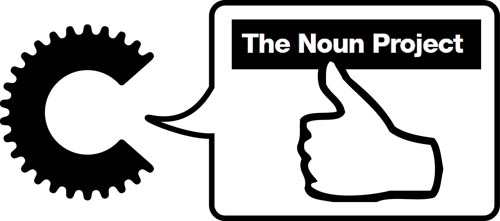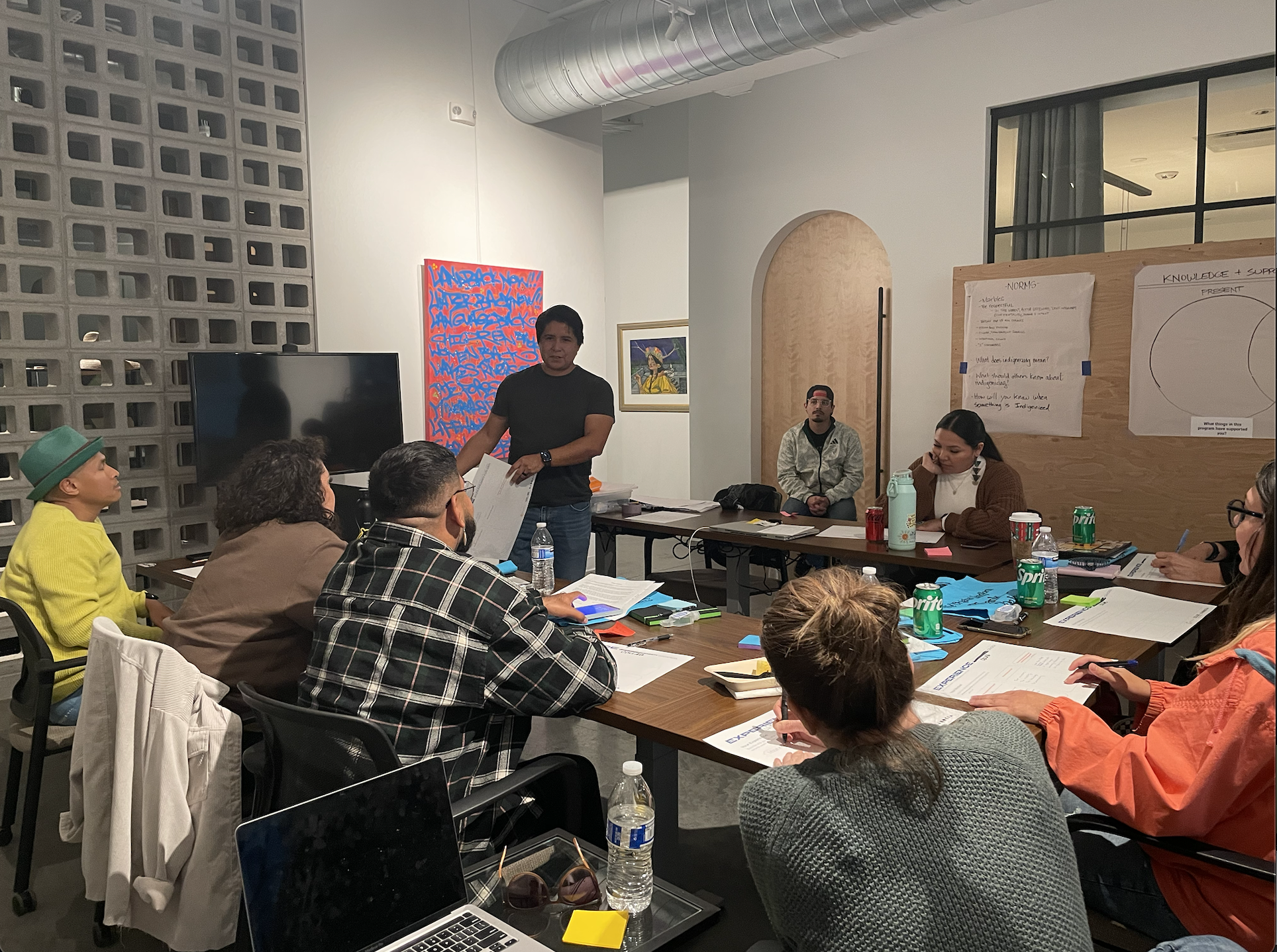Creating Iconic Design Tools with the Noun Project

Ever needed an obscure icon for your infographic? Need to make a universally understandable sign? Only have 20minutes to contextualize your product visualisation with a simple picture? Do you dig Pictionary? Or are you sick of battling with watermarks or creating amorphous stick figure monster icons?
Check out The Noun Project, an iconic phenomenon that is a platform for creating and sharing a global symbolic language. Catapult Design has used their resources on several occasions within our design work and we will go through two clear examples in a sec’, but first a bit of background…
The Noun Project hosts a library of ever growing and iterated icons on their site that anybody can access, use, and contribute to. You still need to acknowledge their creators through an easy process of attribution (check their ‘usage‘ page for details) but their ethos is ‘open’ and they are all about capturing and continuing a symbolic conversation (pictorially of course). They also host Iconathons all over the place (mostly in the USA so far), group lock-in brainstorm icon hacking mash ups that are run by The Noun Project members to output a new set of icons around a pressing theme (they did some cool stuff after Sandy…check the iconathon.org site for details & upcoming events). I am itching to get to one, as much to meet the crowd as make some symbolic magic happen. The site (and the events) are meant for an audience well beyond designers. Ultimately The Noun Project is opening up icon creation, access, and use to a much greater audience and encouraging a flexible pictorial literacy.
Catapult Design first tapped The Noun Project resources when making a research tool for a project investigating water access and use in rural India. I needed to get an understanding of symbolic literacy in Rajasthan villages. I etched a series of icons onto interlocking wooden tiles (some of them gleaned from The Noun Project) and intentionally left a lot of tiles blank. In each village we visited in Rajasthan, I asked people to experiment with the tiles in 3 ways: first, I asked people to identify what the icons referred to; then I asked people to explain a story using the tiles; finally, I asked them to draw some tiles of their own. The intention was to experiment with ways of discovering symbolic literacy, as well as use those findings to inform any instructions or guides we would have to make relevant to our water project.
The next time around was much more topical. Literacy Bridge, an organization empowering children and adults with tools for knowledge sharing and literacy learning, contacted us to help them solve an issue with their Talking Book interface. The Talking Book is an audio computer that shares locally-relevant knowledge and improves literacy in areas with limited access to literature. Literacy Bridge interacts with communities in Northern Ghana where there is no word for ‘arrow’ in their lexicon. They needed to be able to instruct the user to press a button relative to a spoken instruction. We experimented with a bunch of different icons and shapes, some of them from The Noun Project site, some of them created by us, and a few lifted from other sources. Thanks to the timezone difference between California and Ghana, the feedback loop was quick. While we slept Literacy Bridge would report back the responses they got from the field, we would adapt the icons according to their suggestions, and the next day they would be tested again. We worked our way through icons that had issues working with the spoken instructions of the device, icons that implied too much of a specific task (‘fish’ = food), that had too much potential religious connotation (‘plus’ = cross), or that even had too much local political association (‘umbrella’ & ‘rooster’ are local Ghanaian political party symbols). We are continuing to help Literacy Bridge achieve an appropriate interface through their piloting stage (they are testing Talking Books in the thousands!).

image courtesy of Literacy Bridge
We plan to continue developing new research games and other design resources, and to continue using The Noun Project to help us when we need the right icon. It’s an excellent resource even if I still cant find an icon for ‘design’ up there (nor an icon for ‘icon’) but I’m hitting my sketchpad to work on it. I’m also gonna get in touch with The Noun Project and suggest an iconathon themed around rural life (on all continents)….oh and maybe I can put in a festive wish for a ‘silhouette bank’ as well….?
Thanks Noun Project! Keep up the good work! We will see you at the next Iconathon!
——————–
And here is thanks and attribution to all of The Noun Project icon creators that unknowingly helped us out!
Pavel Pavlov: Thumbs Up/Approve
Stephen James Kennedy: Auto Rickshaw
Roger Cook & Don Shanosky: Baby, Train, Person , Ground Transport
Nick Levesque: Cooking Pan
Connor Cesa: Water Drop
Mike Endale: Hut, Community
Udaya Kumar: Rupee
Adrijan Karavdic: Elephant
Gibran Bisio: Paint Can
Edward Boatman, Saul Tannenbaum, Stephen Kennedy, Nikki Snow & Brooke Hamilton: Childrens Library
Valentina Piccione: Tree
Tak Imoto: Leaves
Michal Stassel: Axe
Jeremy Linden: Knifes
Kyle Scott, Roman J. Sokolov: Glasses
Listed as Unknown on NP: Maize, Apples, Camel, Bird, Pencil, Umbrella, Flip-Flops, Bell, Speakers, Fuel Pump, Fish, Campfire, Tap, Battery, Bicycle, Drinking Water, Hammer, Spanner/Wrench, Flame.
